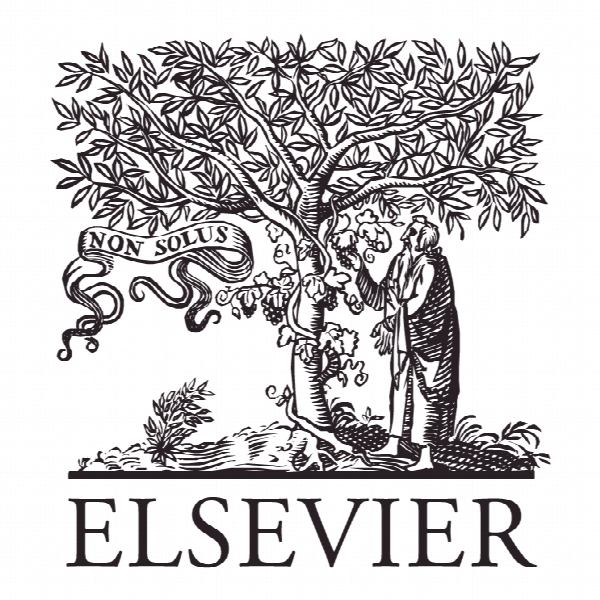ادغام مدل عددی و محاسبات ابری Integration of numerical model and cloud computing
- نوع فایل : کتاب
- زبان : انگلیسی
- ناشر : Elsevier
- چاپ و سال / کشور: 2018
توضیحات
رشته های مرتبط مهندسی کامپیوتر
گرایش های مرتبط رایانش ابری
مجله نسل آینده سیستم های کامپیوتری – Future Generation Computer Systems
دانشگاه Lanzhou University Address – P R China
منتشر شده در نشریه الزویر
کلمات کلیدی انگلیسی Cloud computing; Numerical model; Model as a Service
گرایش های مرتبط رایانش ابری
مجله نسل آینده سیستم های کامپیوتری – Future Generation Computer Systems
دانشگاه Lanzhou University Address – P R China
منتشر شده در نشریه الزویر
کلمات کلیدی انگلیسی Cloud computing; Numerical model; Model as a Service
Description
1. Introduction Numerical models have been widely used in the mathematical modeling of many natural systems (e.g., hydrology, climatology, biology, physics, chemistry) and human systems (e.g., economics, social science and engineering) with the ability to explore and investigate the natural systems. However, scientific computing is a victim of its own success in some ways. Researchers tend to develop complex models to involve various processes, data sources, management alternatives and analysis algorithms. Significant computational resource and time are required while constructing the complex models which would distract the researchers from their research interests. Moreover, the reusability of numerical models between different research groups is limited which lead to significant waste of resources. A new architecture which makes use of all the endeavors toward numerical models would be great help. In this paper, groundwater model was selected to address the issues. Groundwater models simulate the spatiotemporal variability of the groundwater system in the aquifers and bridge the gap between field observations and general characterization of the whole system. In general, groundwater models are implemented by applying finite-difference or finite-element approximations and use distributed parameters which are not directly measured and have to be determined from calibrations. The desire for solving larger, more sophisticated groundwater problems requires improvements to scientific methodology, algorithms and temporal-spatial resolutions which are always accompanied by increases in the complexity of the groundwater models. With the rapid development in Information and Communications Technology (ICT), cloud computing has emerged as a new paradigm for sharing the configurable computing resources (e.g., servers, applications, storage, services and computer networks) [1, 2]. The computing resources are becoming important as computing being transformed to the 5th utility (after water, electricity, gas and telephony) [3]. Fortunately, the rapid development of processing and storage technologies and the success of the Internet, the computing resources are becoming more powerful, cheaper and ubiquitously available than ever before which leads to the cloud computing. Following the results of the evolution and adoption of existing technologies and paradigms, cloud computing enables the users access the infrastructure, platform and software as a service. In a cloud computing environment, there are four standard models those are Infrastructure as a Service (IaaS), Platform as a Service (PaaS), Software as a Service (SaaS) and Data as a service (DaaS) [1, 4]. In the SaaS model, cloud providers install, operate and manage software in the cloud and users gain access to software and databases from cloud clients. SaaS offers high scalability which provides users the option to access more or fewer service or features on-demand. Another important technology— Wireless Sensor Networks (WSNs)—bridged the gap between the cyber world and the physical world and led to cyber-physical systems (CPSs). The main reason for the development and evolution of CPSs are to intelligently monitor and control our physical world and the requirements for reducing the development costs and time and enhancing the designed products. Although the cloud computing and WSNs had experienced a rapid evolution independently and were different from each other, their characteristics were often complementary [5]. Therefore, the integration of cloud computing and WSNs were proposed by many researchers in order to benefit from both technologies [5-7]


